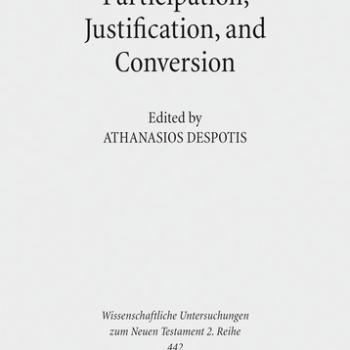
Why Are We Listening?
Some of us listen to sacred stillness, but why are we listening? What are the reasons we try to develop this contemplative practice? What are we listening for?
Why do we commit some of our valuable time to listening to sacred stillness? Is stillness really so important? What exactly are we hoping to hear?
Where do we expect our listening to take us?
We may listen to spend time communing with the world around us, or with ourselves, or with spiritual life. Some of us experience our practice as an opportunity to rest or allow ourselves to pause in our busy schedules. Others believe it is important to have a regular, planned time to allow themselves to let go.
In my experience listening is essentially important but is not an end in itself.
Contemplative practices have taught me how to listen in new ways. I have become a more open, more caring person. My relationships to other people, to the entire world around me, to spiritual life have become deeper.
My practice of taking time to listen to sacred stillness has taught me deep truths, but that is not why I do it.
I am inspired to practice listening to sacred stillness because there is so much more to hear. My practice is not about gaining a specific level or set of skills or mastering a certain amount of information. There is no test I hope to pass or certificate I am trying to achieve.
My practice is not a competition to become the best or most famous contemplative person.
I have no expectation I will ever complete my program or retire from my practice. There are no ways to measure any progress or set goals I would like to achieve.
I listen because there is more to hear.
What is Listening to Sacred Stillness?
Some of us commit ourselves to listen to sacred stillness before we realize how it works.
Many of us begin contemplative practices with the idea they are a form of discipline. We assume they are intended to help us be stronger, better people.
Slowly we begin to realize our contemplative practices are not like doing pushups, or jumping jacks. We are not building spiritual muscle so we can perform more effectively.
We begin to understand listening is more than waiting for someone else to finish speaking. It is more than looking for ways to argue against what someone else is saying.
Our listening is part of connecting at the deepest possible level. We learn to listen to ourselves, to other people, to the world around us, and to spiritual life.
Listening to ourselves includes deep recognition and appreciation for ourselves. It includes knowing our own core values, and how we translate them into action in our everyday lives. Listening includes knowing and enjoying who we really are, our truest selves.
When we listen to other people we take time to appreciate what they mean as well as the words they say. Our true selves recognize the true selves around us. Listening includes sharing core values and understanding how they practice those values in what they do. As we listen to other people we help them listen to themselves.
We listen to the world around us by connecting to its deepest part in each detail. It includes knowing how we make a difference in each moment. Listening to the world around us includes seeing how our core values contribute to its overall significance.
Our listening to sacred stillness is about listening to the spiritual life within us and all around us.
What Are We Listening to Hear?
We often think of our contemplative practice as the time we set aside to listen for a few minutes each day. It takes us time and practice to realize how the time we schedule to listen shapes the rest of our lives.
In my own practice of listening to sacred stillness I rarely, if ever, hear anything while I am sitting in stillness. It is my intention to consent to God’s presence and action within me for a period of time. My intention does not restrict how spiritual life communicates with me.
As we practice listening to sacred stillness we become better listeners. Our practices show us deeper, more effective ways to listen.
Often when we begin a contemplative practice we are focused on getting specific results. We want to be attentive to how spiritual life lives in us, how God is speaking in our lives. Many of us have specific ideas of what spiritual life wants to tell us.
As we practice listening we grow to appreciate the variety of ways God speaks to us each day.
We become more effective listeners as we recognize how many ways spiritual life is talking to us.
Where is Our Practice of Listening Taking Us?
Many of us take great comfort in clear, measurable goals. We like to know where we are going, how we will get there, and whether we are making good progress.
That is not the way contemplative practices work. There is no handy checklist or map we can follow. We can draw on the experiences of people who have gone before us. Even that wisdom is essentially personal and unique to each of us. Their examples might inspire us but we cannot simply follow the pattern of their footsteps.
We listen to sacred stillness and spiritual life shapes our everyday lives. It is not our responsibility to meet specific standards or make sure we go in a certain direction. Our relationship to spiritual life is one of love and respect. We intentionally consent to the presence and actions of spiritual life within us and in the world around us.
Contemplative practices show us how to listen in new ways.
We are becoming good listeners as we take time to practice listening and open ourselves to what we hear.
Why are we listening to sacred stillness today?
Where will listening to sacred stillness take us this week?
[Image by Editor B]
Greg Richardson is a spiritual life mentor and coach in Southern California. He is a recovering attorney and a lay Oblate with New Camaldoli Hermitage near Big Sur, California. Greg’s website is StrategicMonk.com, and his email address is StrategicMonk@gmail.com.

















